Photos: Fertility Eggs-periments Yield Litter of Playful Pups
The future is here, and its nose is cold and wet. Say hello to the first litter of puppies born from in vitro fertilization. Representing decades of experimentation and research, they arrived by scheduled caesarian section, fanning hopes for novel conservation strategies for endangered canids, and presenting new possibilities for defeating hereditary diseases in domestic dog breeds. [Read the full story on the IVF puppies]
Dog days

Frolicking puppies: the first litter born through in vitro fertilization. (Credit: Cornell University College of Veterinary Medicine)
It's a dog's life

Of the seven healthy puppies born to the host dog via in vitro fertilization, five puppies had two beagle parents, and two had a cocker spaniel father and a beagle mother. (Credit: Cornell University College of Veterinary Medicine)
Going to the dogs
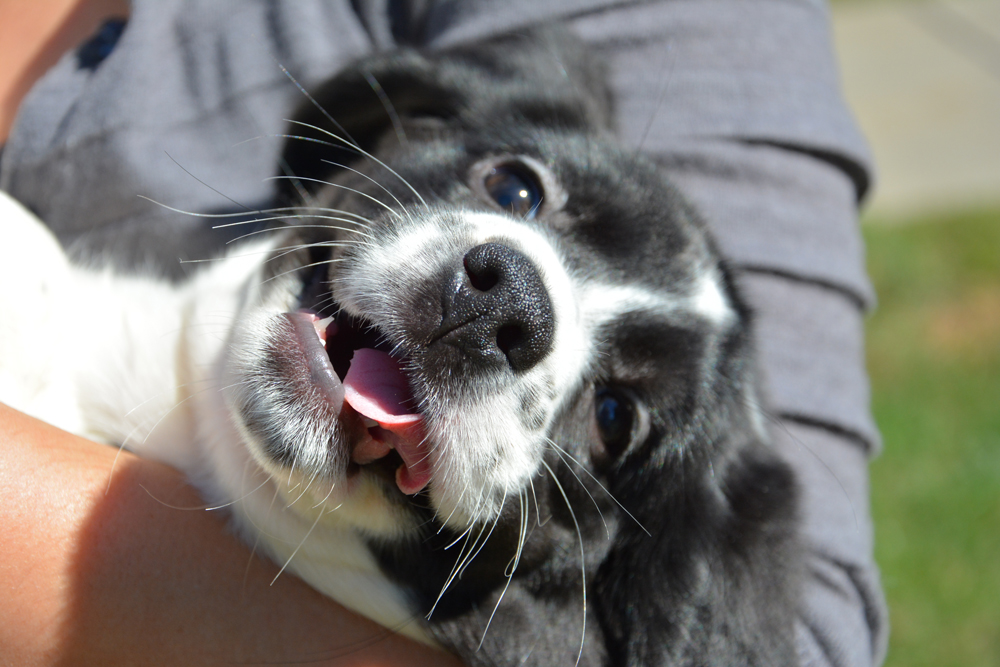
The success of in vitro fertilization in domestic dogs also kindles hope for preserving the genetic diversity of endangered canids. Also, THAT FACE. (Credit: Cornell University College of Veterinary Medicine)
Sign up for the Live Science daily newsletter now
Get the world’s most fascinating discoveries delivered straight to your inbox.
Embryo in ultrasound
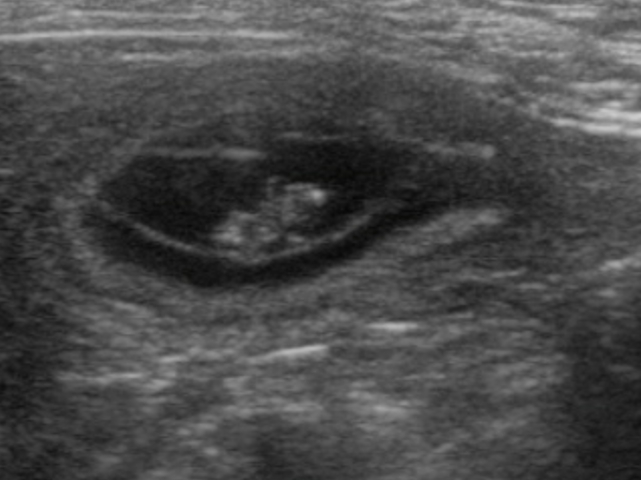
Ultrasound image of a normally developing IVF puppy embryo, imaged on Day 29 (following transfer into the host dog.) Of the 19 embryos that scientists implanted, seven live offspring were born. (Credit: Cornell University / PLOS ONE)
So. Many. Puppies.
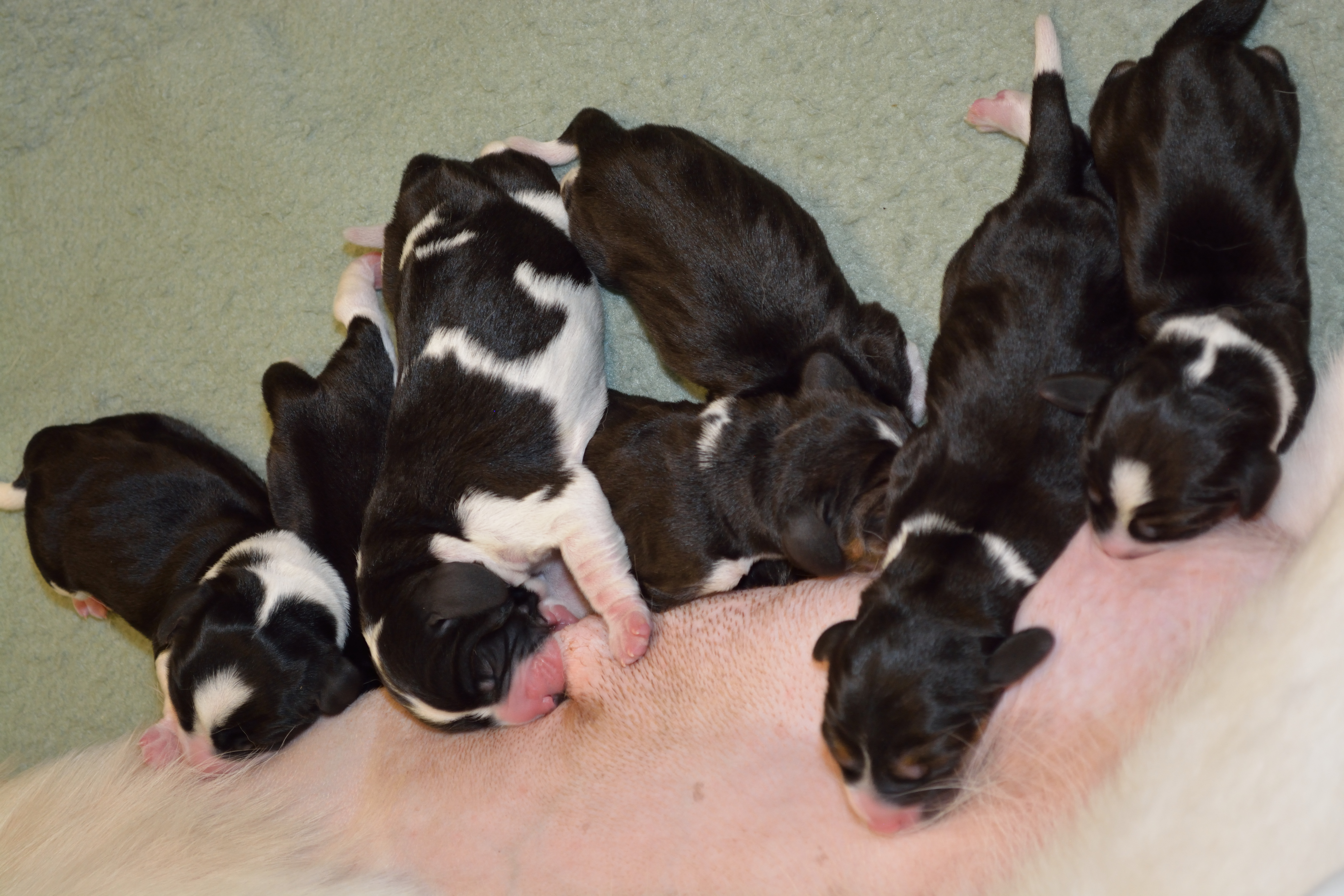
Seven healthy puppies — three females and four males — born by planned Caesarian section to the host dog on Day 65. (Credit: Cornell University / PLOS ONE)
Welcome to the world
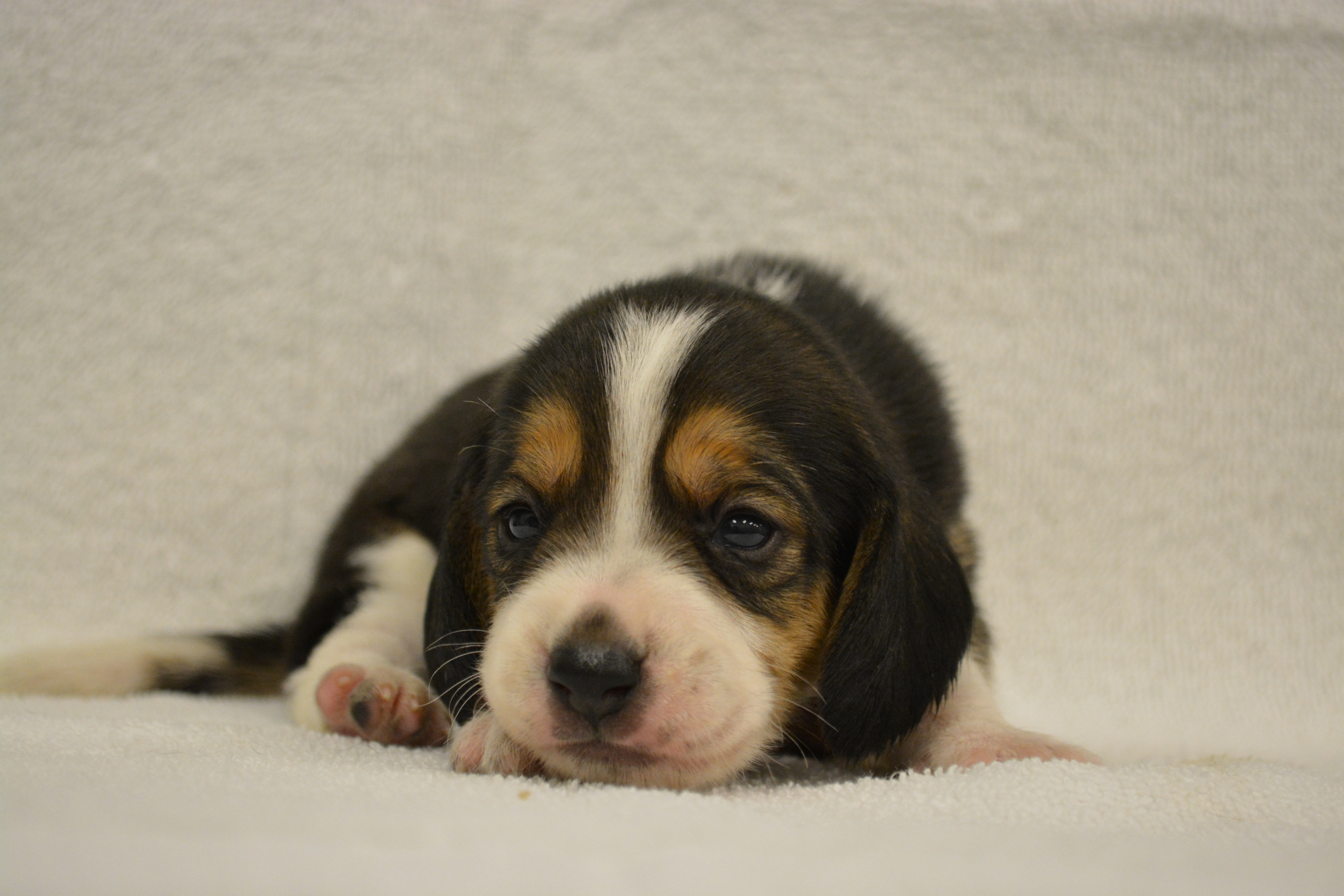
Normally developing beagle puppy at three weeks of age. All pups exhibited normal behaviors and growth through weaning and the first three months of life. (Credit: Cornell University / PLOS ONE)
Scientists. And Puppies.
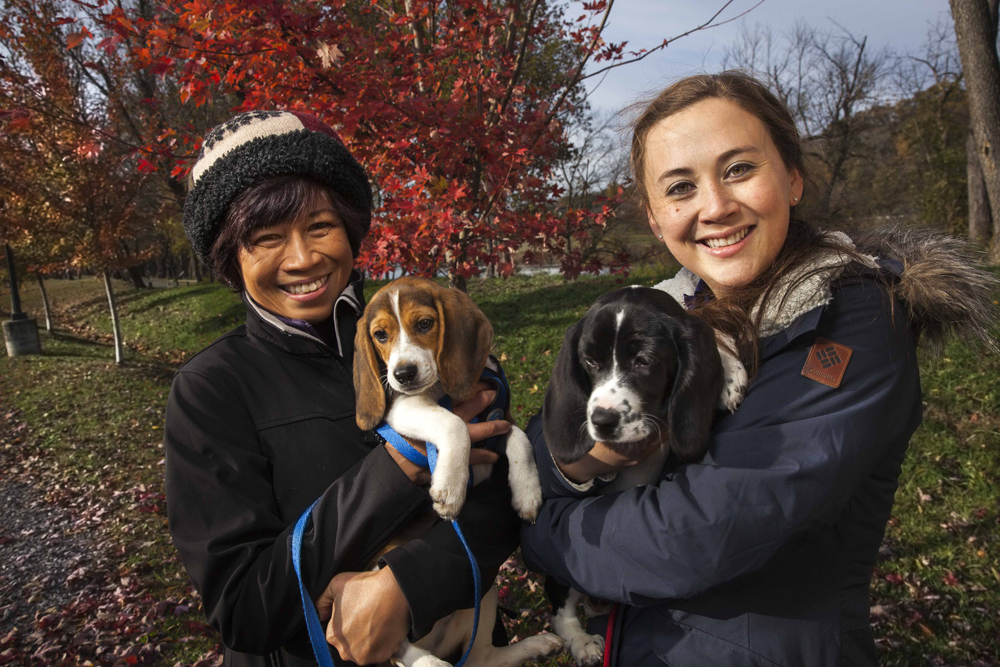
The study's co-author Nucharin Songsasen (Smithsonian Conservation Biology Institute) and first author Jennifer Nagashima (College of Veterinary Medicine, Cornell University). (Credit: Cornell University / Jeffrey MacMillan)
Follow Mindy Weisberger on Twitter and Google+. Follow us @livescience, Facebook & Google+.

Mindy Weisberger is an editor at Scholastic and a former Live Science channel editor and senior writer. She has reported on general science, covering climate change, paleontology, biology and space. Mindy studied film at Columbia University; prior to Live Science she produced, wrote and directed media for the American Museum of Natural History in New York City. Her videos about dinosaurs, astrophysics, biodiversity and evolution appear in museums and science centers worldwide, earning awards such as the CINE Golden Eagle and the Communicator Award of Excellence. Her writing has also appeared in Scientific American, The Washington Post and How It Works Magazine. Her book "Rise of the Zombie Bugs: The Surprising Science of Parasitic Mind Control" will be published in spring 2025 by Johns Hopkins University Press.









